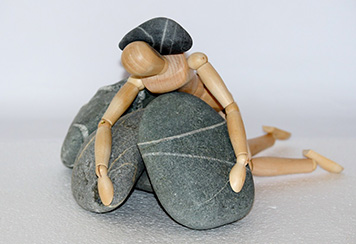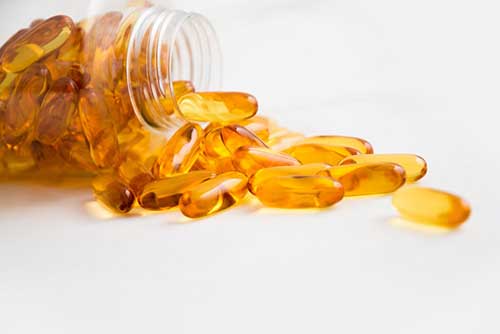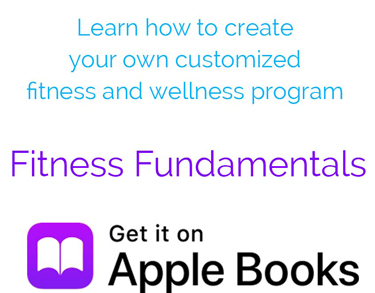Seasonal Affective Disorder
As I write this, we’re heading into Christmas and New Years Eve. Today is the Winter Solstice. It’s the longest night of the year, which means that going forward each day will be getting seven minutes longer until we finally arrive at the Summer Solstice (the longest day of the year). With all that in mind, you’d think that winter would be a cozy time of year as the light gradually returns during all the parties. However, for some people winter can trigger a form of depression called Seasonal Affective Disorder (SAD).
Speaking from personal experience, winter starts to feel very long after the holidays. The parties have ended, and all that remains is the grotesque weather. It seems the worst conditions come in February, or even March (in between the cheerful Christmas and Easter festivals). I think that may be part of the reason SAD hits me, despite the days getting longer. It doesn’t feel like they are. It gets colder and nastier, and there aren’t any holidays to distract from the deteriorating patterns. It doesn’t help that everything looks dead.
I’ve made it a life habit to keep a single item from each relationship after it ends. Generally it’s a practical item. What did I keep from my last boyfriend? The full spectrum light bulbs he gave me to help stave off the winter gloom. I don’t need them throughout the year, so they still have lots of life in them. But what are full spectrum bulbs, and why do they help?
Full Spectrum Bulbs
What are they?
As the name implies, full spectrum bulbs emit colors that bridge the entire range of visible light. All the colors of the rainbow blend together to create a very nice white that doesn’t push over into being harsh. It emulates daylight. And why should that help? In a previous article I wrote about sleep hygiene. In it I mentioned that it’s important to keep blue light sources out of your bedroom, because blue wavelengths of light interrupt sleep patterns. Blue light causes melatonin to break down in the brain. The rising sun reveals blue light, so this is the way our bodies are triggered to wake up for the day. The absence of blue light moving toward dusk and into night allows melatonin to build up, and this creates the drowsiness that lets you fall asleep when it’s dark. The full spectrum of light is diminished during the winter, and this is one of the reasons you might feel sluggish during this season. (Yellow tinted lenses help, if you are concerned about exposure to blue light before bed.)
How to use them?
So then, if you’re trying to stay down to sleep, you do not want blue light in the bedroom. However, if you remain feeling down while you’re awake, adding blue light can help (provided that it’s part of a full spectrum light source). This is where these bulbs help: They dissolve the mental and emotional cobwebs that come with Seasonal Affective Disorder. By simply spending a few minutes each day in the presence of full spectrum light, you rid yourself of the substances that depress your system for sleep.
This type of light feels like a thunderbolt of joy the first time you see it each day. When I feel anxious, depressed, sad, angry, sleepy or lethargic, I simply turn on the lamp. It’s like being hit with a blast of summer wind, caffeine and puppy kisses. Instantly I feel warm, energetic, alert and happy. It will often make me smile spontaneously. I cannot recommend this type of “therapy” enough.
Options
Although there are specialized lamps that treat Seasonal Affective Disorder, you can get the same effect by putting full spectrum bulbs into light fixtures that you already have. Something to keep in mind is that some full spectrum bulbs shine very hot. These use an extraordinary amount of energy compared to low energy bulbs. Shop around to find the combination of features that works best for you. But confirm that what you buy states very specifically that it is a bulb that emulates full sunlight. Also, in an effort to keep your sleep hygiene clean, consider these 14 alternatives to caffeine when you need energy.
Recent Updates

Glycemic Index vs Glycemic Load
This score indicates how damaging a food will be to your blood sugar levels. Foods that score 0-55 are rated low impact (and thus presumed to be better for diabetics and those looking to maintain healthy weight and/or body fat ratios), but this is not the whole picture.

Caffeine: 14 better options to ease SAD
Nearly a year ago to the dot, I wrote an article about Seasonal Affective Disorder (SAD), but there I focused on the importance of getting access to a full range spectrum of light. Here I’d like to focus on caffeine and sleep’s effect on SAD. I’ll also offer suggestions for what to do to help you feel better on the dark days.

Avoid fish oil supplements
I don’t generally promote supplements. Most of them play to specific, isolated points of medical research to serve as a magic pill. One remarkable example of this is fish oil.



